
A PERFECT DAY
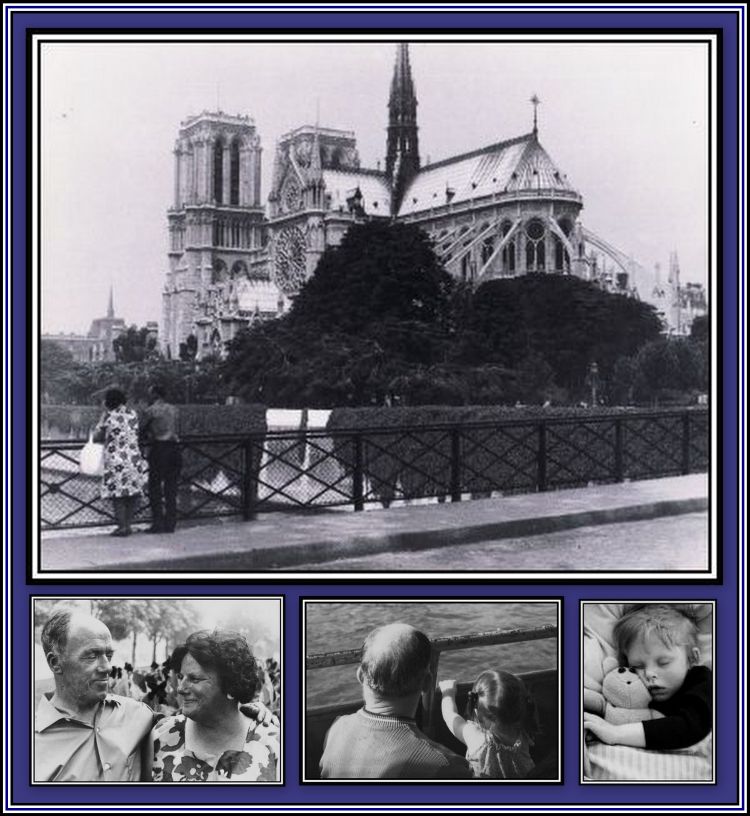
|
| Click on the collage to hear A Perfect Day sung by Webster Booth |
| |
|
| |
| When I was a child, I had a very clear idea of what made up a perfect day. In those days, my requirements were simple and unsophisticated, yet even now I find them remarkably appealing. My idea of the perfect day included going to the Ridley Road Market in Dalston. Naturally, what helped make the day perfect was not just a visit to the market, but included the journey there and the feasting and exploring that went on during the visit. Finally, what topped off the day and tipped the scales towards perfection, was ending it by going to the Plaza. This all made for a complete and full day, in other words, a perfect day. |
|
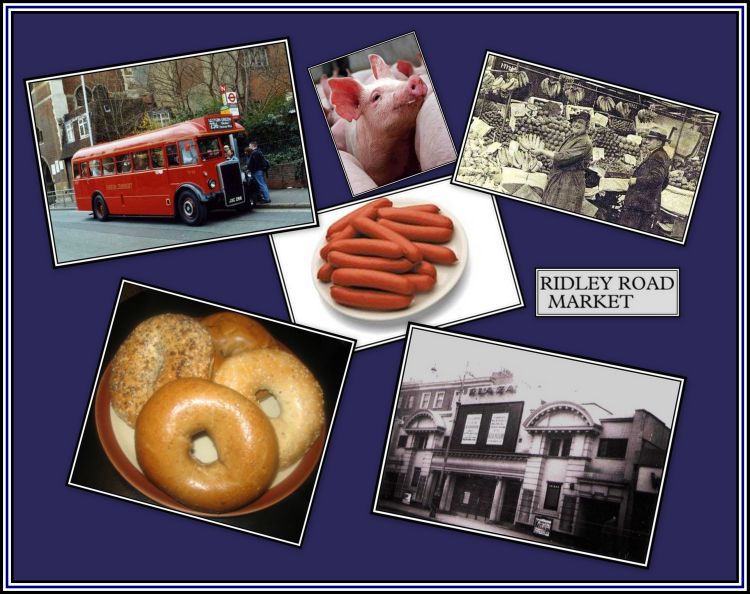 |
| My idea of A Perfect Day as a child |
| |
| The Ridley Road Market was a great favourite of my mother who used to visit it often when she was a child. She had to find things to entertain her many siblings, as she was in charge of them when they were sent outearly in the morning by her stepfather and mother and told not to return until it was dark. She was given a few slices of stale bread and a bottle of tap water, which she had to make last for both lunch and dinner. On most days she would take them to the Victoria Park, where they could run away and play games. Afterwards she would then take them to one of the many missions on the Mile End Road in Stepney. Here she knew that they were sure of receiving a basin of hot soup and a crust of bread, as long as they were willing to sit quietly and listen to the sermon and sing a few hymns. Since they were hungry, they were happy to do this. |
| |
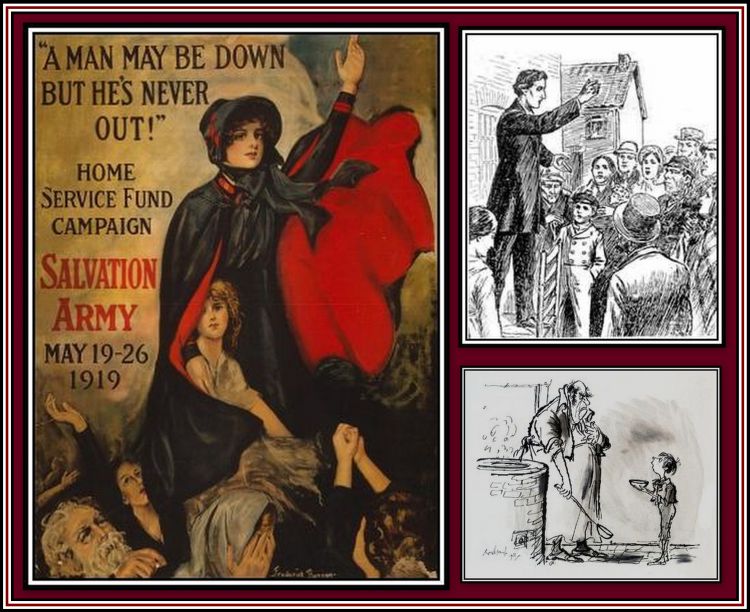 |
Click on the pictures to learn more about The Salvation Army |
| |
Hunger would push my mother and her siblings towards the street markets, as they could scavenge and eat any discarded fruit and stale bread that they found. My mother said that one of the reasons why she liked the Ridley Road Market so much was because some of the stall keepers took pity on her and her brood and gave them scraps of food.
Knowing this, it will not come as a surprise to learn that during my mother’s childhood, she was removed from the care of her stepfather and mother and sent to a children’s home at Herne Bay in Kent where she was diagnosed with severe anemia stemming from malnutrition. Apparently it took one year for her gain sufficient weight to bring her close to an acceptable level. When my mother was told that she was to return home, she apparently fainted and suffered such anxiety that it took a further six months of care before she could be returned to the bosom of her family.
Occasionally on a Saturday morning when I was a small child, my mother would take me to the Ridley Road Market. To get to Dalston from Bethnal Green requires the taking of two buses. On such days, we generally got up early and took the 653 Trolleybus along Cambridge Heath Road and got off at The Triangle close to London Fields in Hackney. I always liked this junction, as at its centre is an old water trough once used by horses and animals on their way to market at Smithfield. |
| |
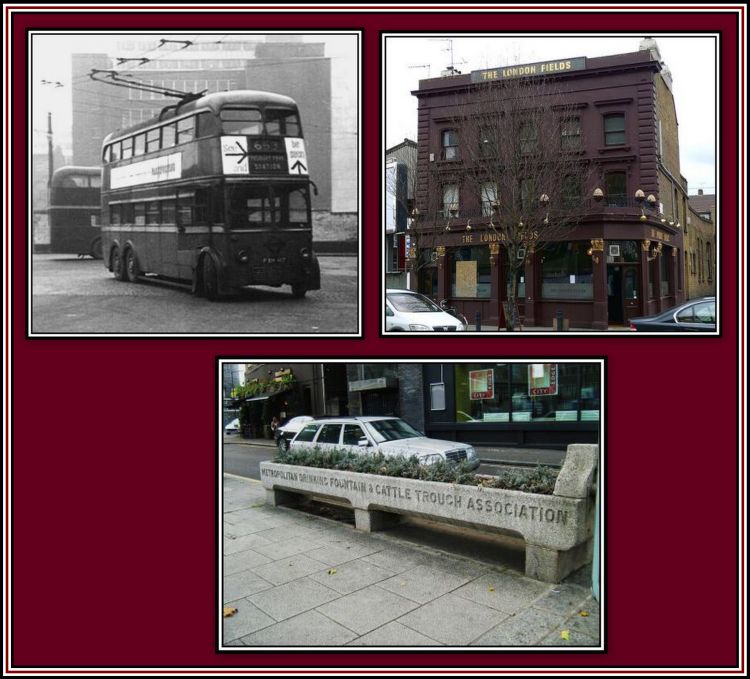 |
The Triangle at the junction of Mare Street & Westgate Streets |
| |
As a child, I enjoyed hearing stories about my mother’s childhood and could hear them again and again. One of my favourites centred round such a trough as this. Apparently her stepfather was quite a fearsome and formidable man. According to my mother, he became belligerent when drunk and when the police attempted to arrest him for drunk and disorderly behaviour, he would resist and toss a number of policemen into the trough that once stood on Bethnal Green before he could be restrained. I would laugh and laugh at the telling of this story. My mother had a wonderful way of relating such tales, as she would partly act them out. I never grew tired of hearing them and continued to have her relate them periodically throughout her life.
When I was a child, it was easy to tell when we were about to arrive at London Fields on the bus for suddenly the air became filled with the smell of scent. This was due to the presence of a large scent factory close to The Triangle and just a little further along Mare Street. I cannot say that the perfume was particularly appealing, but it was distinctive and assaulted the nostrils. I remember asking my mother how the residents of the area managed to tolerate the smell. She said that she believed that they got used to it and probably didn’t notice it after a time. I never believed this explanation, I am afraid.
After examining the trough and hearing the story of the antics of my mother’s stepfather again and after asking a multitude of questions about him and getting amusing answers, we were ready to make our way along Westgate Street to London Fields. Today, London Fields is a park that is about one third of its original size. The Fields were first mentioned in 1540 when they formed common ground and were used by herdsmen for their animals to graze on while on their way for sale in London. The park was well equipped with facilities for a number of sporting activities. Sadly, in recent years, the Fields have become the site for much violence between rival gangs of the area. |
| |
| |
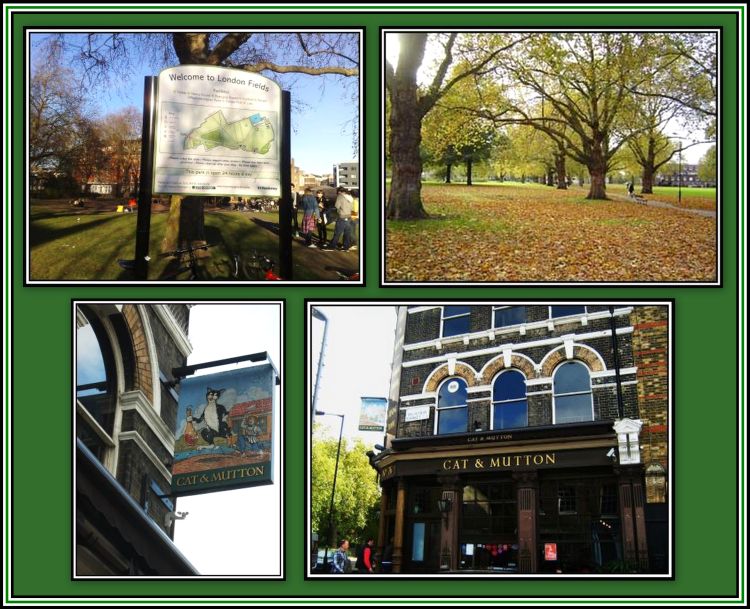 |
| |
When I knew the Fields, they were far from being dangerous. They were pleasant to visit on a fine day. We used to walk through them on our way to my grandmother’s house when we went there for tea. She had moved from Royston Street in Bethnal Green to a house facing the Fields. This was a large Victorian house with both a basement and an attic. I remember that the rooms had huge windows and very high ceilings. She lived here with her one living son, Leonard, from her second marriage and with her youngest daughter, Marie, until she got married and moved to Ilford. |
| |
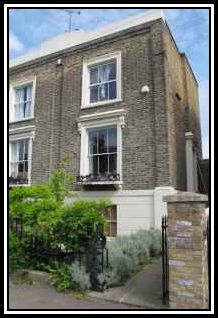 |
My Grandmother's House |
| |
| Like many areas in London, London Fields has a street market. When I was a child, the Broadway Market, as it was known, was small and not especially interesting. The only place of note, as far as I was concerned, was Cooke’s pie ‘n’ mash shop found at the bottom end of the market not too far from the canal. Cooke’s is still present and still serves delicious pies. Recently, the market has seen a revival as a result of the gentrification of parts of Hackney. Today, there are a growing number of little cafes and restaurants dotted along the market, some of which have taken over old public houses. |
| |
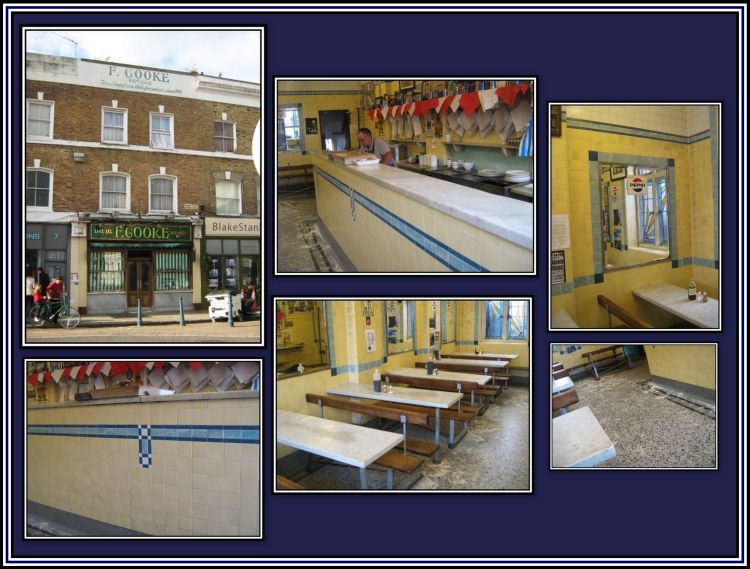 |
| |
| Although my mother and I always looked around the Broadway Market, the time that we spent here was only cursory. The market had nothing of special interest, as it contained only the usual assortment of fruit and veg and clothing stalls that could be found on the Bethnal Green Road close to our home. |
|
| |
|
| |
We had little time to linger, for we were on our way to Ridley Road where the stalls were laden with exciting and exotic things to tempt and tantalize the visitor; we were off to Ridley Road where the air was filled with aromatic fragrances that teased and tormented our nostrils and excited our taste buds; off to Ridley Road where the stalls were filled with colourful, rich and unusual wares. No, we never lingered long at the Broadway Market.
Once back at the entrance to the Fields, we made our way over to the bus stop and joined the queue already formed by others eager to go to the Ridley Road Market. Here we waited for what seemed to be an age to me. I tried to stand as close as possible, or as close as my mother would allow, to the edge of the pavement. From here I would stretch my neck as much as I could in the hope of seeing as far as possible into the distance. I was impatient and wanted to catch the first glimpse as it came into sight of what was to become my favourite bus. |
|
| |
|
|
| |
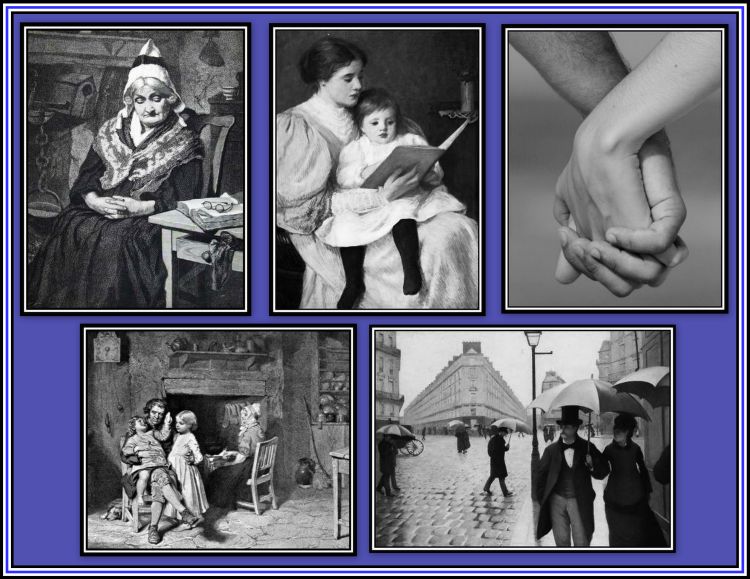 |
...... And What is Your Idea of A Perfect Day? |
| |
I would like to thank Felix Felix for allowing his picture of the 236 Bus and Geoff Bannister for allowing his picture of the 653 Trolleybus. |
|
|
The scent factory just behind London Fields that you mentioned was Bush, Boake & Allen and the aroma was, as you say. quite distinctive. I used to suffer it twice a day on my way to and from school. Later, when I was working nights on the Underground, I would get off at the bus stop just after Bush, Boake & Allen so that I could buy freshly baked bread and rolls at the little bakery close by to bring home to my family.
Patrick, Peterborough |
| |
|
|
|
|
|
|